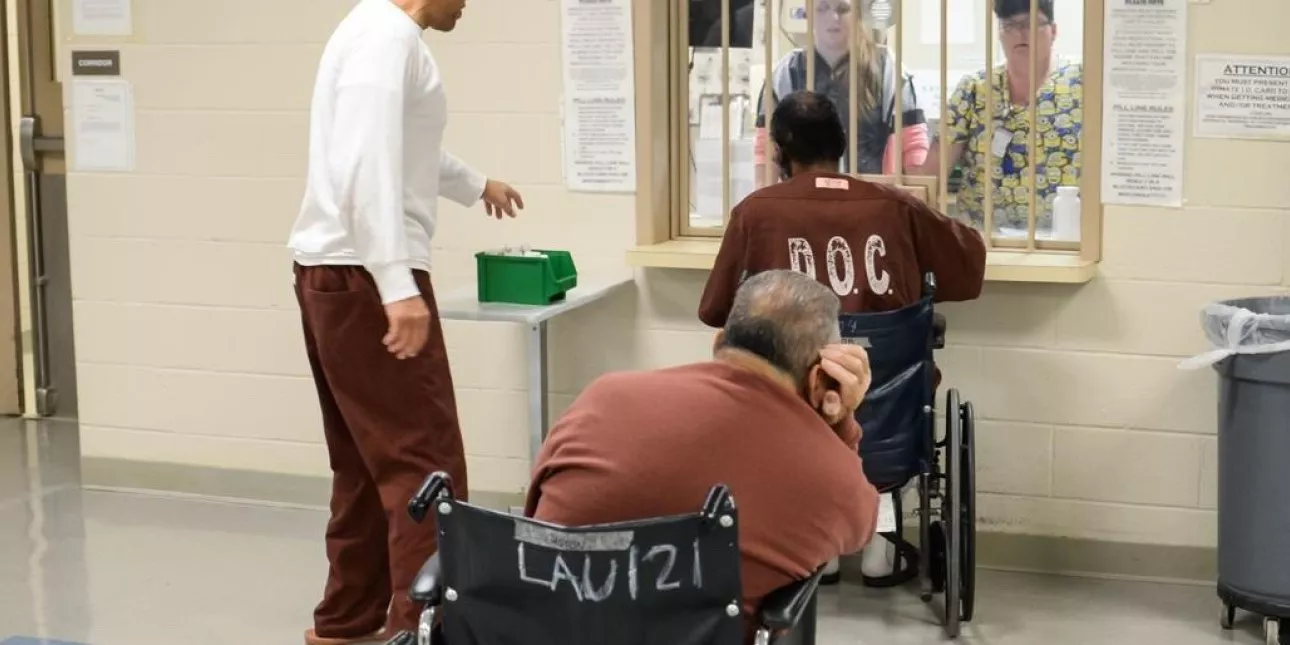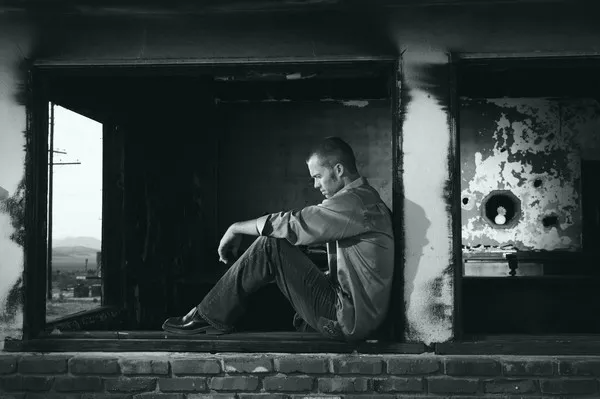Buildings damaged in last year’s earthquake and heavy rains in the Noto region of Ishikawa Prefecture have been found to contain exposed asbestos, prompting restrictions on volunteer activities and raising serious health concerns.
In mid-April, asbestos was discovered in the ceiling and beams of Hotel Kairakuso, a traditional Japanese inn located in Suzu. Asbestos is a fibrous mineral known to cause mesothelioma and lung cancer when inhaled. The inn was closed after it was inundated with mud and sand during heavy rains in September 2023. Investigators found five or six broken pieces of asbestos inside the facility, ranging from 3 to 10 centimeters in diameter. The material was confirmed to be crocidolite, commonly known as blue asbestos, one of the most toxic forms of the mineral.
In response, the Ishikawa Prefectural Government has instructed the hotel owner to suspend the acceptance of volunteers and take immediate control measures to prevent exposure. A notice reading “Unauthorized Personnel Prohibited” has been posted at the hotel entrance, and wooden barriers have been installed to block access.
An image provided by the Mesothelioma, Pneumoconiosis, and Asbestos Center showed sprayed asbestos on steel frames at a site in Suzu as of April.
The central government and public health experts continue to investigate the situation and raise public awareness. Between February and March 2024, the Ministry of the Environment conducted asbestos inspections on disaster-affected buildings in six municipalities. Of the 64 buildings surveyed, 12 were found to have exposed asbestos, and building owners were directed to take measures to prevent the release of asbestos fibers.
On May 6, a separate investigation was carried out on structures in Nanao and Wajima by a team led by Fuyushi Nagakura, Secretary-General of the Tokyo-based non-profit Mesothelioma, Pneumoconiosis, and Asbestos Center, and Dr. Shigeharu Nakaji, an environmental chemistry professor at Kumamoto Gakuen University.
In Nanao, the team discovered exposed asbestos in a building slated for demolition using public funds. The investigators urged the prefectural government to take steps such as covering the structure with blue sheets to prevent fiber dispersion.
As of the end of April, the Ishikawa Prefectural Government reported that approximately 26,000 buildings had already been demolished with public funding. An additional 14,000 are scheduled to be dismantled by October. The prefectural government is calling on demolition contractors to wear dust masks and implement other protective measures to minimize health risks.
Related Topics































